In 2020, the 4-Watt monster that is the ifi Micro iDSD Black Label is still the DAC/amp to beat when it comes to delivering raw, clean power. As a result, its manufacturer, ifi, has gained somewhat of a reputation as a portable amplification specialist. This isn’t to discount its less portable, higher-end products, like the iCAN and the iDXD – but it’s safe to say that portability is something they do extremely well.
Now, in the early months of 2020, enter the hip-dac. This is a tiny, easily pocketable DAC/amp that, with 400mW (reportedly up to 700mW with extremely low-impedance IEMs) on tap, can easily power any IEM and can even power some harder-to-drive low-impedance headphones. I was excited to try it out myself – I was bummed out from testing a lot of Bluetooth headphones – and overall I was very pleasantly surprised by the performance it offers.
In the Box
- ifi hip-dac
- USB-A male-to-female cable
- USB-A to USB-C cable (for charging only)
- USB-C female to USB-A
- user guides and all that
- ifi’s traditional “Thank you!” sticker
Build and Appearance
ifi has been making portable DAC/Amps for a while, with a product range that includes the iDXD, iCan, etc. etc. etc. Until now, most of their designs have taken one of two routes. There’s products like the xDSD, which has a kind of silly-looking, bubbly design, and then there’s products like the Micro iDSD, which opt for a more industrial, angled look. The hip-dac, meanwhile, stakes out a middle ground, with a design that’s witty and fun but also quite clean-looking.
Yes, this is designed to look like a hip flask, hence the name. It even comes complete with a volume-knob taking the place of the cap. The design suggests that it’s as easily pocketable as one of these flasks – and perhaps it also suggests that the contents are equally intoxicating.
Build-wise, it’s quite sturdy, with clean edges and no manufacturing messiness that I can see. The volume knob feels and looks as premium as the two buttons – very. It’s painted with a slightly gritty teal paint that I personally quite like, especially in comparison with other ifi products. Fingerprints will never show up on this thing.
The ifi hip-dac comes with three cables: a USB-A male to USB-A female cable for playing music, a USB-A to USB-C cable for charging, and a USB-C male to USB-A female cable for usage with phones and DAPs. That all adds up to a little bit too much cable calculus for me, and I’d prefer it if things were kept simple. The hip-dac has two ports on the back – one for digital input, and one for charging. It would be nice if it could use one port for both purposes like many other portable DACs, but I can understand that corners sometimes have to be cut when your design is this small.
It has two headphone outs: a 3.5mm single-ended jack, and a 4.4mm balanced jack.
Amp Performance
With a nominal power rating of 400mW and the ability to supply up to 700mW from the balanced jack (to very low-impedance headphones, mind you), the hip dac doesn’t suffer from a dearth of power, although not as much as something much more expensive like the Chord Mojo. The remaining question, of course, becomes – is it clean power?
I started off by running my daily-driver IEM’s off of it. It’s the Etymotic ER2SE, for the curious – another product that I very highly recommend. Anyway, they aren’t the most difficult-to-drive IEMs on the planet, but they’re not the most sensitive, either, rated at 96dB/mW. In low gain, I was able to drive them with ease, and they sounded much better than they did off my phone. They also sounded marginally but noticeably better than they did off my own FiiO Q1, but I think that’s more down to the DAC than the amp, so more on that later.
Basically, I think the hip dac should be sufficient to drive pretty much any IEMs you throw its way.
EDIT: Upon further testing, I noticed that the hip-dac’s noise floor is actually quite audible on very sensitive IEMs like the Campfire Solaris. Therefore, if your IEM has a sensitivity rating above 110dB, you might want to try this out before buying.
The Power Challenge
So I decided to issue a challenge to the hip-dac, in the form of the Hifiman HE5SE. At 92dB/mW, it may not seem that hard-to-drive, but I know it as a pretty picky headphone when it comes to amplification. And experience confirmed that observation: running it off my phone as a “control test,” it sounded like garbage. I got no soundstage, no bass slam, and an overall anemic sound – deficiencies that would be noticeable to anybody.
Switching to the hip-dac, the headphone was much better-controlled, providing a much livelier and clearer sound, better in pretty much every metric. Of course, we’d expect this from nearly any amplifier. But switching to the FiiO Q1 MkII, I noticed a clear reduction in resolution and staging ability. While the hip dac may not drive the HE5SE to peak performance, it’s got enough power to drag quite an enjoyable musical experience out of it.
Finally, the hip dac met its match when I said, “OK, what the hell,” and decided to plug in the 600 Ohm Beyerdynamic T1. This resulted in a sound that was compressed and dark, with subdued bass and treble. The hip dac and the T1 were both clearly struggling a bit. OK, so the hip dac can’t supply quite enough power to drive the highest-impedance headphones. But if you expected to carry the hip dac around with you in public places listening to the Beyerdynamic T1, you really had it coming.
So while I can recommend the hip dac for its ability to drive low-impedance planar headphones, it will struggle a bit in driving higher-impedance dynamics.
DAC Performance
In order to remove the problem of power from the equation, I decided to bring my own (non-portable) amplifier, the JDS Labs Atom, to the office. Running both the FiiO Q1 MkII and the hip-dac through the Atom, I was almost shocked by how much smoother-sounding the hip-dac was.
Listening to one of my test tracks for sibilance (Rajie’s 万華鏡, from her album Espresso), almost all of the treble roughness/jaggedness was stripped away, leaving pure detail. And this was with the HE5SE, itself a sibilance-prone pair of headphones. This is a difference that should be audible to pretty much anyone. It’s not that the hip-dac sounds rolled-off. There’s still a lot of treble detail. It just sounds very smooth.
However, I will mention this: with the output volume turned up to max, I did run into some issues with clipping. The hip-dac unfortunately doesn’t come with a line output jack, so be careful about overdriving the amp if you’re planning on using it as a standalone DAC.
Additional Features
ifi likes to include a number of additional features on all its amps. The hip-dac specifically features two proprietary goodies, termed PowerMatch and xBass.
While PowerMatch has a cool name, it became quickly obvious to me that this was just a gain switch. Not sure why they felt the need to call it PowerMatch, but hey, sure, a gain switch is always a welcome addition to any amp.
As a user of the FiiO Q1, the xBass is already familiar to me, but it behaves slightly differently with the hip-dac. Specifically, the hip-dac’s bass boost applies chiefly to the very lowest frequencies, generously boosting the subbass but leaving the midbass more or less alone. In contrast, the Q1’s bass boost feature boosts the midbass slightly as well, giving your headphones a slightly warmer tone, but with slightly weaker subbass. I don’t generally use bass boost, as I listen to a lot of music that doesn’t really require heavy bass, but I do slightly prefer FiiO’s rendition of the bass boost, which better suits my preferences.
Pros and Cons
Pros: great sound, attractive looks, portable design
Cons: separate charging and input ports, audible hiss on sensitive IEMs
In Conclusion
Of course, I can’t say how the ifi hip-dac performs “objectively” – we’ll simply have to wait for the numbers on that front – but, based purely off my listening impressions, the hip-dac is a thing to behold at $150. With a portable form factor, a sturdy build, a very smooth sound, and the ability to power all but the highest-impedance of headphones, it’s my pleasure to highly recommend the hip-dac.
The ifi hip-dac isn’t yet available for purchase, but you can pre-order it at Audio46.

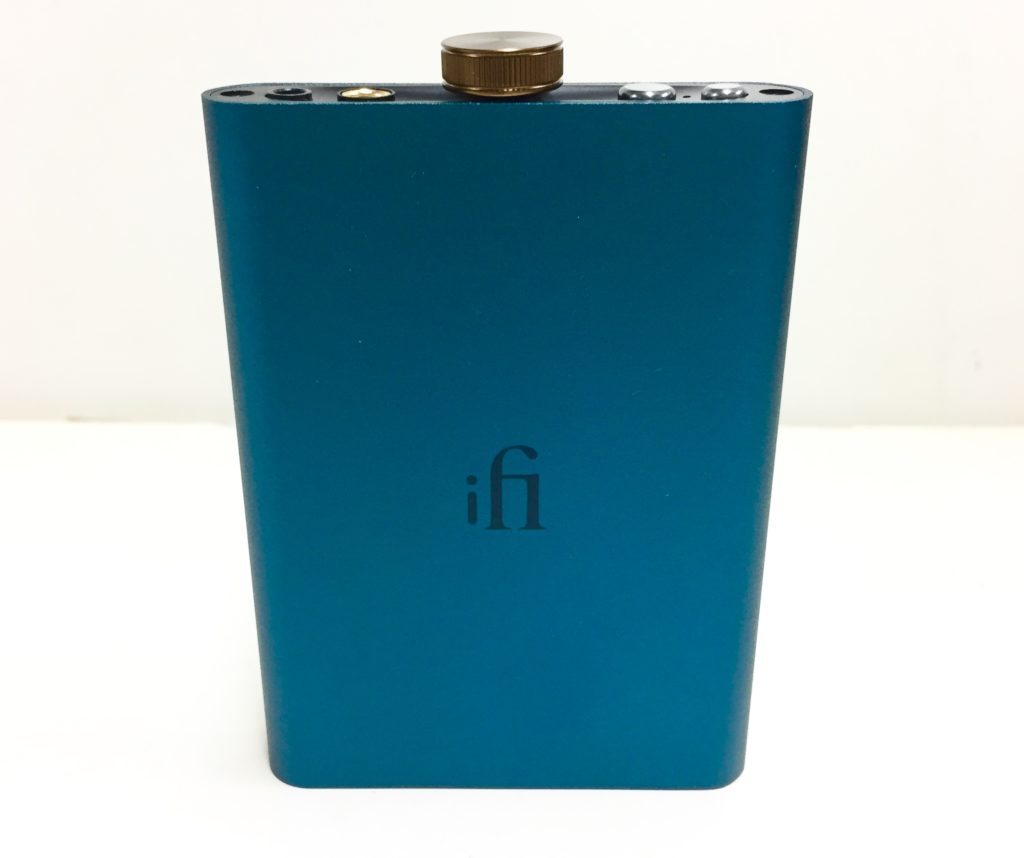
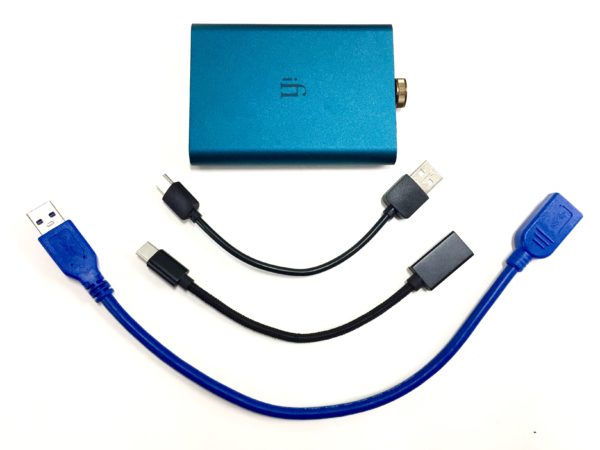
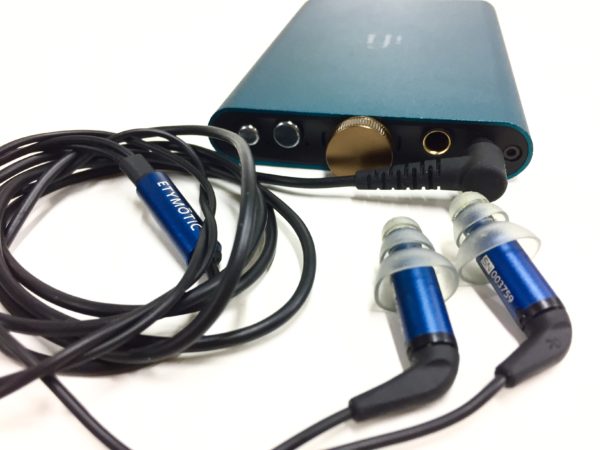
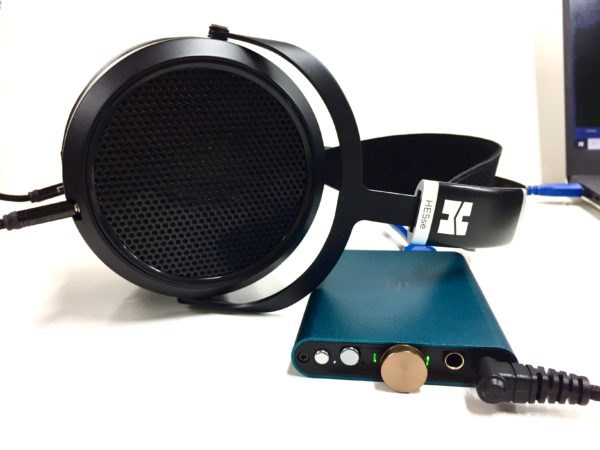
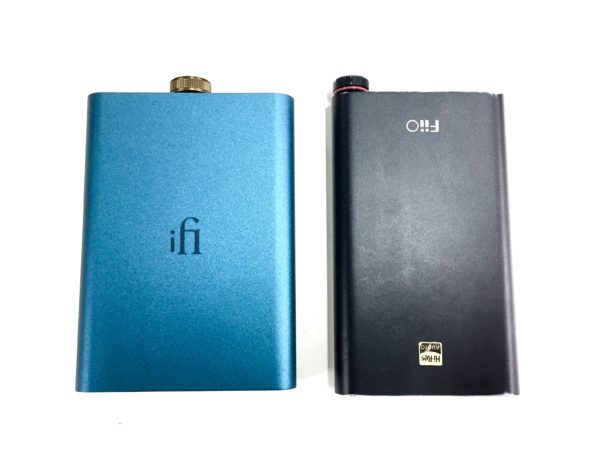
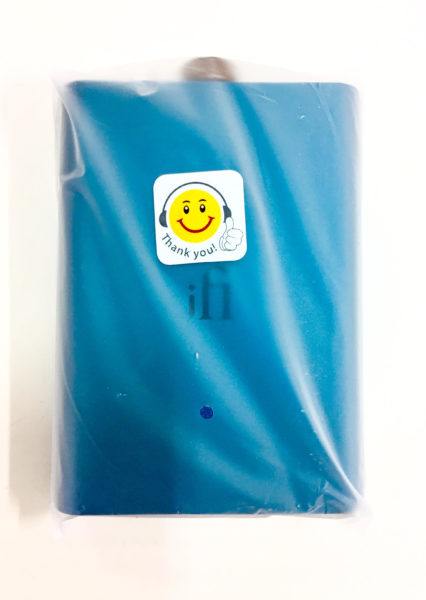
Hi friend!
It is a pleasure,
I read this article, it is excellent
I only want to ask you something.
Now, I want to buy a DAC (it will be my first DAC), and I saw these iFi and FiiO models (iFi Hipdac and FiiO Q1 Mark II)
Which one would you recommend?
I have 2 IEM cabinets (Sennheiser IE40 Pro and KZ ZS10 Pro) both are above 110dB / 1mW
If I buy the iFi, will I hear a lot of noise?
I also have a Beyerdynamic DT 770 Pro (32 ohms)
I just want to buy the best option and that gives me the best sound.
Thanks for your answer,
Regards!